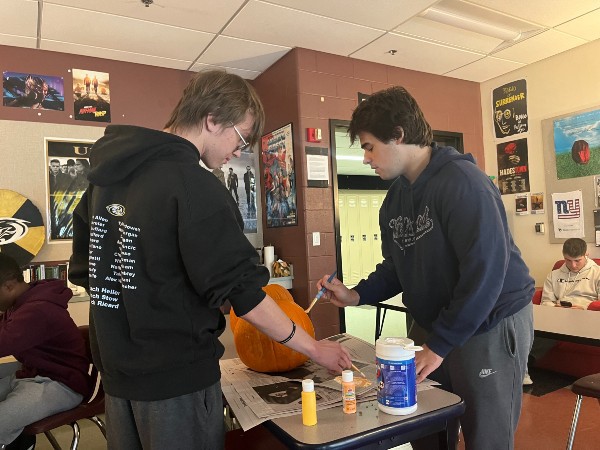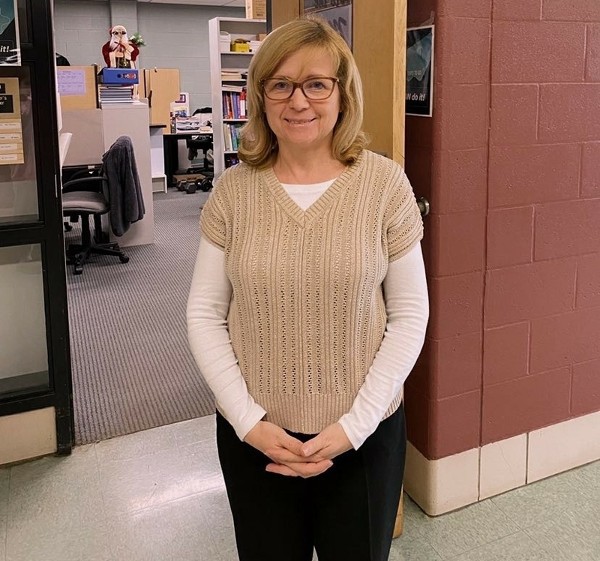At the end of every school year, Dana Mulligan, advisory coordinator, sits with counselors for over six hours to determine advisories for the upcoming class.
Woodland advisors look for certain aspects in students when placing them in groups.
“We get feedback of experiences with those kids when they are in eighth grade,” said Mulligan. “Part of what they will tell us is if there is a group of kids who have had drama or if there are kids that are in a tight friend group.”
By understanding this information, Mulligan knows certain students should not be in an advisory together for all four years of high school. When it comes to children who have negative experiences with each other, the school likes to make sure that there have been actual problems before switching advisories. A simple “he said/she said” will not be an appropriate reason for separation because this program advocates for students to reconnect with each other and develop a comfortable, family-like environment. Advisory switches are only allowed prior to the start of freshman year.
Mulligan also likes to make sure that friend groups are separated as well. It is important to her that kids have new experiences and talk to a peer that they would not necessarily connect with otherwise. She wants to teach students the importance of getting along with others that are different from themselves.
These are not the only bits of information that Mulligan and the other coordinators take into consideration.
“Sometimes [the middle school] will share with us what type of adult works best with each student.”
Every student has a specific type of person that they can easily connect with. Some need more strict disciplinarianism and others prefer more sensitive, emotional teachers. The guidance department at Long River does pick up on this and explain it to Mulligan if they deem necessary.
Students themselves all have different personalities that they like to factor into each advisory group as well. Mulligan believes that those with leadership potential should be in an advisory with a child that may need a little extra guidance.
After all this is taken into account, Mulligan lays sheets of paperwork all over her desk to sort students with their advisory teacher. Each group gets no more than twelve students, which is usually split in half between males and females but can change depending on class ratios.
The systematic approach to placing advisories does turn random toward the end of the process.
“If a student’s note explains that they are a good student, they are kind of randomized because they fill those extra spots, as they can get along with everyone in any setting,” said Mulligan.
The advisory process can have its flaws, like any project, but Woodland’s is known for growing connections. Other schools will try to create what Woodand has, but it can be difficult. Mulligan explains that there is a culture in her school that started the day the doors opened in 2001.
The advisory program is designed for students to make connections with teachers and other students and takes multiple items into consideration in order to build strong, lasting relationships.
Advisors keep in touch with their students for years after graduation. Mulligan still talks to her Class of 2014 group, who have started their own families and work “big kid” jobs.
“[Advisory] is like a family. It is a dysfunctional family, but everyone’s family has different personalities,” said Mulligan. “You need to learn to get along with all the people in your family and coexist with them.”



















